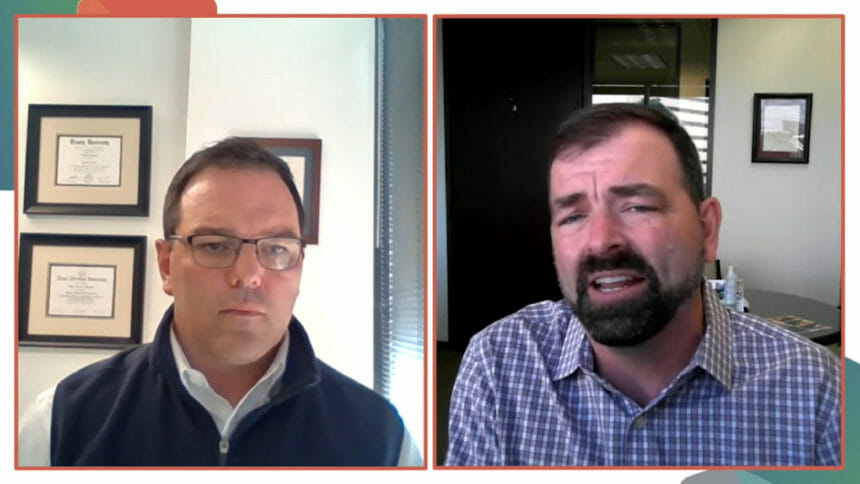
Despite COVID-19 and its effects, one constant remains: the aging process continues.
“More and more seniors are aging into our markets each month, and just as seniors continue to age, so do the physical environments support them,” Stuart Jackson, senior vice president at Greystone, said Thursday during a presentation at the LeadingAge Annual Meeting Virtual Experience.
Jackson shared several ways that nonprofit senior living organizations can adjust their strategic plans in response to an ever-changing environment, including taking a few lessons from their for-profit peers.
“Nonprofits have always been the innovators and initiators, but the for-profits have really figured out how to scale those innovations,” Jackson said. Some of the things he said he has seen for-profit providers doing include looking at how to bridge independent living with care coordination, offering housing with limited services and advancing an aging-in-place model.
“Offering a housing option with limited services can provide really affordable price points because of the tight service package,” Jackson said. “This starts to approach what we would characterize as serving that middle-market really well which is something the for-profits are doing a good job of so far.”
In addition to reconsidering a variety of alternative models, the pandemic and the shifting demographic may force operators to consider the effects of short-term fixes operationally — and whether they need to stick around for years to come.
“In-room dining, for example, is here to stay, in my opinion,” noted Justin Spooner, first vice president at Greystone. “To remain relevant, we have to continue to adopt new processes, adapt to our new surroundings and evolve our organizations to make them open to innovation.”




